'Reduced fuel consumption' with new propeller system
New controllable pitch (CP) propeller system is said to offer greater efficiency and lower bunker consumption.
Wärtsilä is this week introducing its latest development of large controllable pitch (CP) propellers, based on the previously known E-hub type.
The new CP propeller system is said to offer greater efficiency and a reduced environmental impact. It is being presented at Wärtsilä's stand in Hall A4, Booth 305 at this week's SMM conference and exhibition in Hamburg, Germany.
Wärtsilä claims its new CP propeller system addresses the demands of medium and large size vessel owners, and is particularly applicable for special vessels that are equipped with dynamic positioning capabilities, as well as vessels having ice notation. Among the benefits cited are an increased load capability, the high propulsive efficiency, the reduced fuel consumption that this efficiency brings to the vessel, excellent reliability, and a reduced environmental footprint.
The design follows the systems engineering approach with integration of the propeller and the hub with modern hydraulics and propulsion controls. Computational fluid dynamic (CFD) calculations are used to analyse, not only the propeller performance but also the interaction between the propeller and hull. This is said to provide "extremely accurate" information, based on detailed 3-d geometry, for achieving design and parametric optimization.
"This state-of-the-art design protocol optimizes the vessel's overall propulsive efficiency. Significant fuel savings are possible, and with each Wärtsilä CP propeller being individually customised to meet specific application requirements, the vessel's EEDI/EEOI is improved. This in turn leads to reduced exhaust emissions," Wärtsilä said.
The hub design features forced lubrication and allows the use of environmentally acceptable lubricants (EAL), as required for propulsors operating in US inland and coastal waters. The propeller system is prepared so as to meet the US EPA's VGP 2013 regulatory requirements. The new design allows for compatible hydraulics and the flushing of lubrication oil.
Mr Wim Knoester, Director, Propulsion Sales, Wärtsilä Ship Power, commented: "The WCP propeller system is the result of the work of highly experienced design engineers in our European R&D headquarters having access to the very latest and most sophisticated software and analysis tools. Furthermore, our long history and experience in designing propulsion systems gives us extensive product knowledge, having developed design tools based on a large number of model testing, full-scale measurements and research activities. Co-operation with well known research institutes and universities worldwide ensures our prime position when it comes to propulsion systems and products."
"This latest Wärtsilä CP propeller development facilitates easy integration with Wärtsilä's new propulsion control systems and bridge architecture," the company added.
The new CP propeller system is said to offer greater efficiency and a reduced environmental impact. It is being presented at Wärtsilä's stand in Hall A4, Booth 305 at this week's SMM conference and exhibition in Hamburg, Germany.
Wärtsilä claims its new CP propeller system addresses the demands of medium and large size vessel owners, and is particularly applicable for special vessels that are equipped with dynamic positioning capabilities, as well as vessels having ice notation. Among the benefits cited are an increased load capability, the high propulsive efficiency, the reduced fuel consumption that this efficiency brings to the vessel, excellent reliability, and a reduced environmental footprint.
The design follows the systems engineering approach with integration of the propeller and the hub with modern hydraulics and propulsion controls. Computational fluid dynamic (CFD) calculations are used to analyse, not only the propeller performance but also the interaction between the propeller and hull. This is said to provide "extremely accurate" information, based on detailed 3-d geometry, for achieving design and parametric optimization.
"This state-of-the-art design protocol optimizes the vessel's overall propulsive efficiency. Significant fuel savings are possible, and with each Wärtsilä CP propeller being individually customised to meet specific application requirements, the vessel's EEDI/EEOI is improved. This in turn leads to reduced exhaust emissions," Wärtsilä said.
The hub design features forced lubrication and allows the use of environmentally acceptable lubricants (EAL), as required for propulsors operating in US inland and coastal waters. The propeller system is prepared so as to meet the US EPA's VGP 2013 regulatory requirements. The new design allows for compatible hydraulics and the flushing of lubrication oil.
Mr Wim Knoester, Director, Propulsion Sales, Wärtsilä Ship Power, commented: "The WCP propeller system is the result of the work of highly experienced design engineers in our European R&D headquarters having access to the very latest and most sophisticated software and analysis tools. Furthermore, our long history and experience in designing propulsion systems gives us extensive product knowledge, having developed design tools based on a large number of model testing, full-scale measurements and research activities. Co-operation with well known research institutes and universities worldwide ensures our prime position when it comes to propulsion systems and products."
"This latest Wärtsilä CP propeller development facilitates easy integration with Wärtsilä's new propulsion control systems and bridge architecture," the company added.
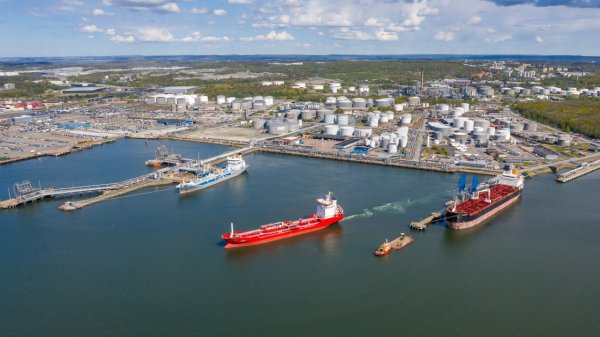
|
Swedish biomethane bunkered in Gothenburg
Test delivery performed by St1 and St1 Biokraft, who aim to become large-scale suppliers. |
|
|
|
||
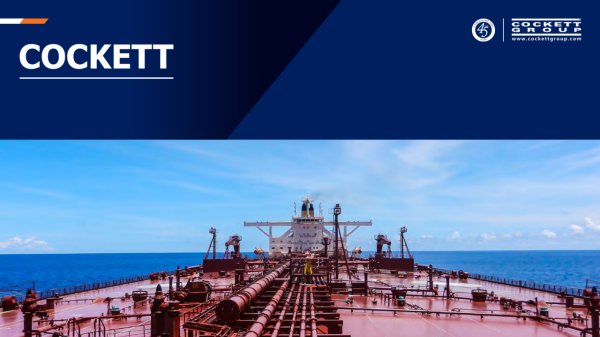
|
Cockett to be closed down after 45 years
End of an era as shareholders make decision based on 'non-core nature' of Cockett's business. |
|
|
|
||
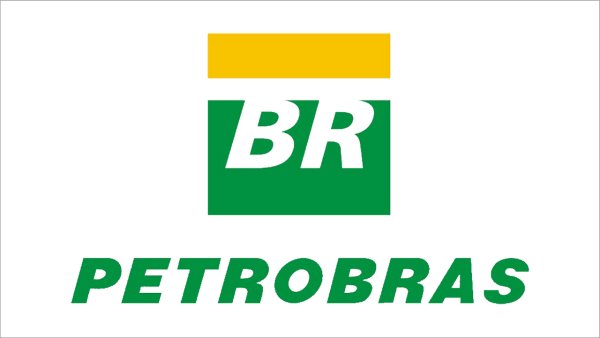
|
Petrobras confirms prompt availability of VLS B24 at Rio Grande
Lead time for barge deliveries currently five days. |
|
|
|
||
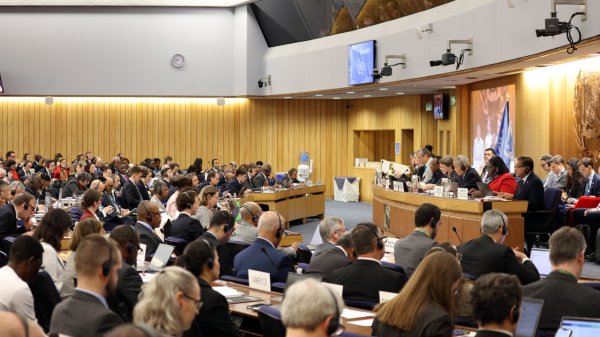
|
IMO approves pricing mechanism based on GHG intensity thresholds
Charges to be levied on ships that do not meet yearly GHG fuel intensity reduction targets. |
|
|
|
||

|
VARO Energy expands renewable portfolio with Preem acquisition
All-cash transaction expected to complete in the latter half of 2025. |
|
|
|
||

|
NYK trials biofuel in milestone coal carrier test
Vessel is used to test biofuel for domestic utility company. |
|
|
|
||
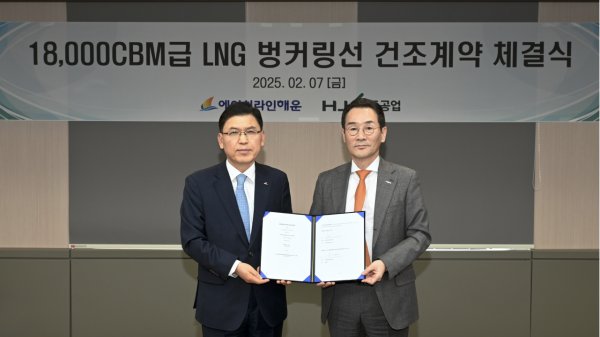
|
H-Line Shipping orders LNG bunkering vessel
Vessel with 18,000-cbm capacity to run on both LNG and MDO. |
|
|
|
||

|
How to engineer and manage green shipping fuels | Stanley George, VPS
Effective management strategies and insights for evolving fuel use. |
|
|
|
||

|
Swedish government bans scrubber wastewater discharges
Discharges from open-loop scrubbers to be prohibited in Swedish waters from July 2025. |
|
|
|
||
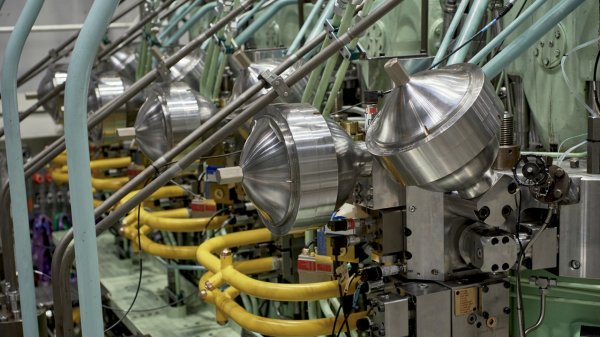
|
MAN Energy Solutions achieves 100% load milestone for ammonia engine
Latest tests validate fuel injection system throughout the entire load curve. |
|
|
|
||
Related Links
- · Harvey Gulf aims to optimize fuel economy with new management agreement [Insights]
- · New fuel gas handling solution launched [Insights]
- · New Low Loss Hybrid energy system achieves 15% fuel savings in tests [Insights]
- · Control system contract awarded for Fourchon LNG-fuelling facility [Insights]
- · Wärtsilä wins design contract; Reduced fuel consumption cited as key reason [Insights]
- · Finland [Directory]
- · Germany [Directory]

